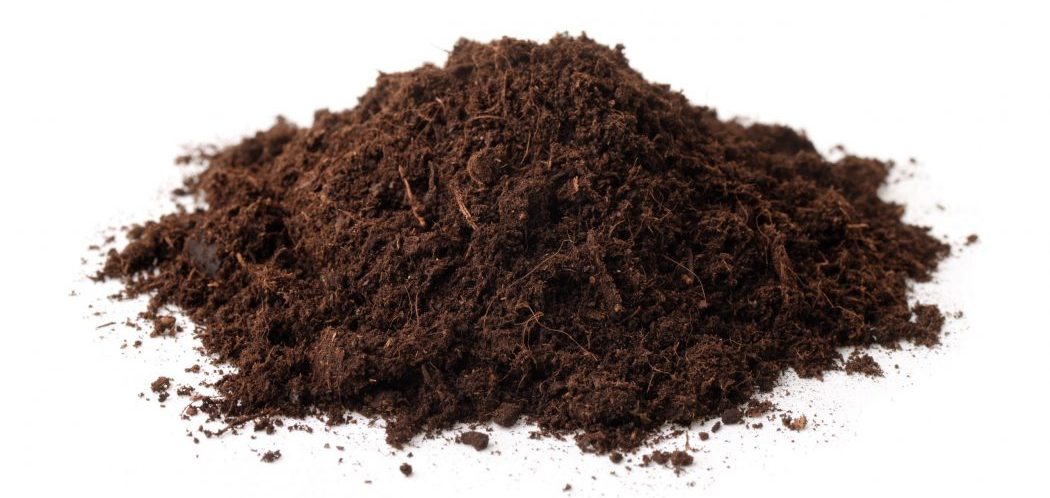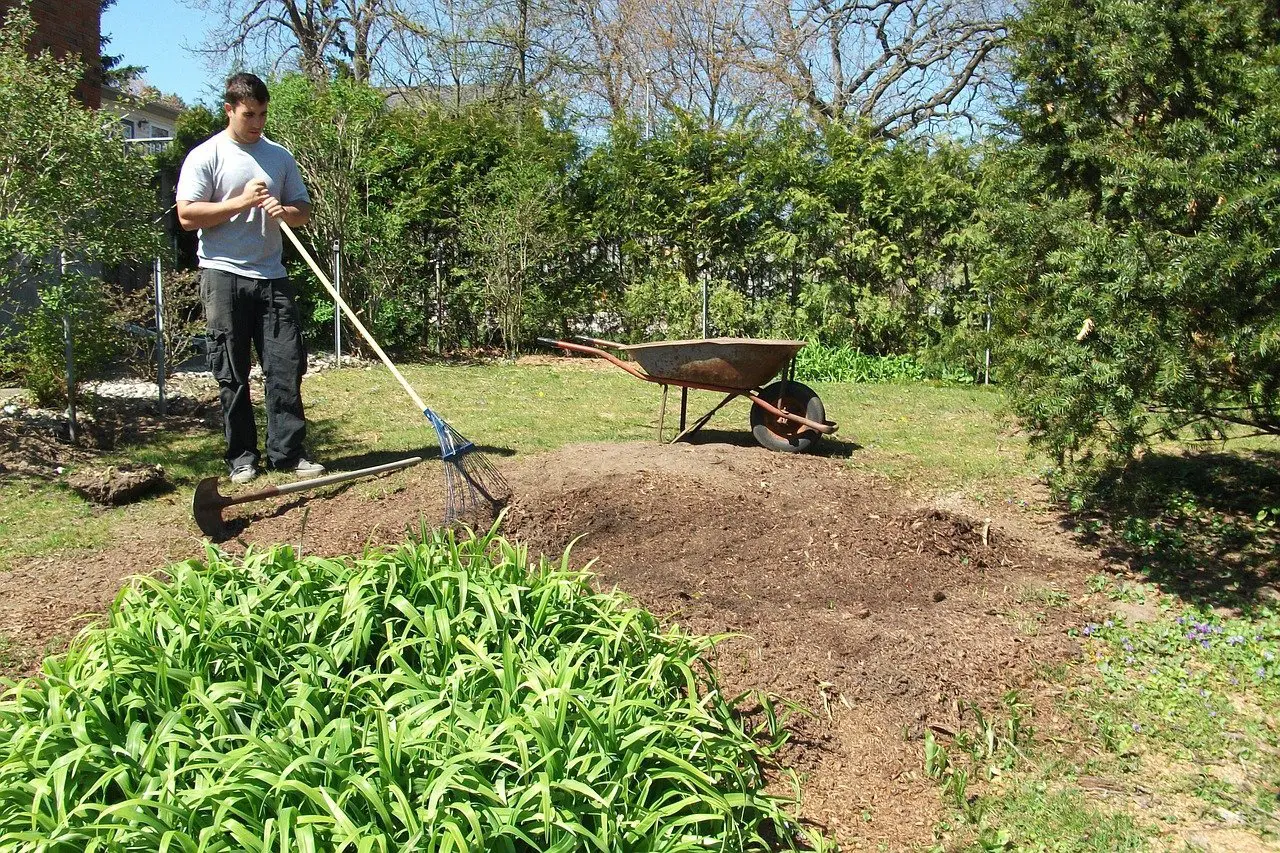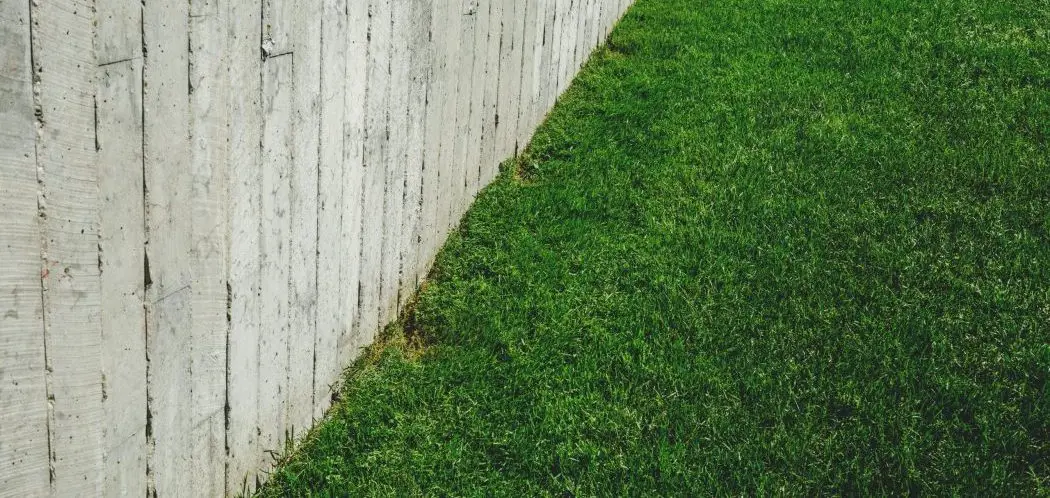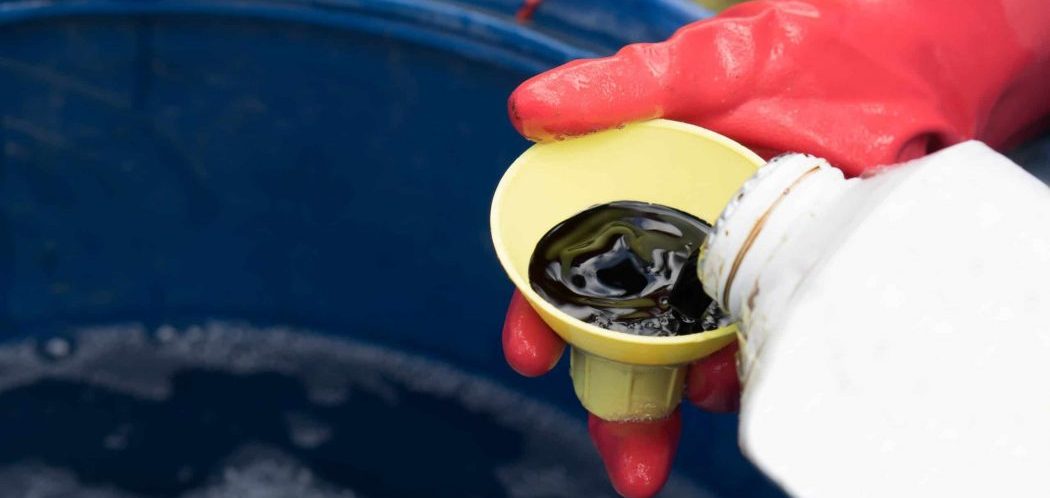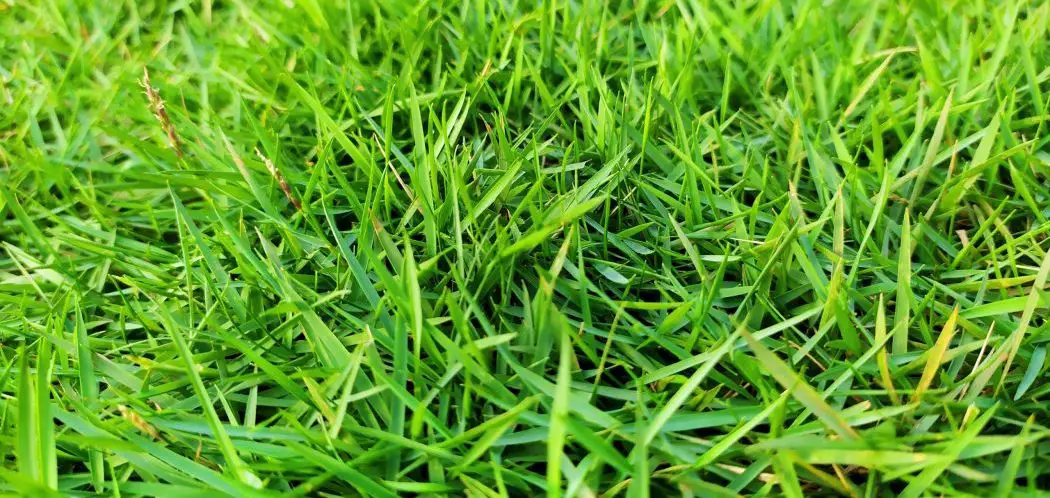If you’ve noticed your lawn grass thinning or struggling to thrive, poor soil quality could be the culprit. Compacted soil, lack of nutrients, and insufficient moisture cause many lawn woes.
Topdressing with organic materials is one solution to nourish your existing soil and help grass rebound. Peat moss is a common choice. But is it the right amendment for your lawn’s needs?
Peat moss can be an effective topdressing for lawns to lighten heavy soils, increase moisture retention, and add organic matter however the benefits are short-lived as peat decomposes rapidly. Peat moss topdressing is best suited for improving soil structure in dense, dry, or acidic lawns when combined with other amendments.
In this article, we’ll cover:
- What peat moss is
- The potential benefits of peat moss topdressing
- Downsides and considerations to be aware of
- How peat compares to other topdressing options
- When and how to apply peat moss topdressing
Let’s dive in and see if peat moss deserves a place in your lawn care regimen for healthier soil and thicker grass.
What Exactly is Peat Moss?
Before weighing it as a topdressing choice, it helps to understand what peat moss is.
Peat moss consists of partially decomposed plants and organic matter harvested from bogs and fens where slow decomposition occurs due to water saturation. Sphagnum moss and other bog plants build up layer after layer over centuries in these environments to produce peat.
Gardeners value peat moss for its excellent water-holding capacity, light and fluffy texture, and acidic pH around 3.5-4.5. It’s a common ingredient in potting mixes and seed starting mediums.
But how does peat moss perform when used as a thin topdressing for lawns? Let’s look at some of the benefits it offers.
Potential Advantages of Peat Moss Topdressing
Here are some of the reasons you may want to consider peat moss as a topdressing amendment:
Loosens and Lightens Heavy Soil
One of the biggest benefits of peat moss is lightening dense, compacted clay soils. Peat creates millions of tiny air pockets that improve drainage and oxygen circulation.
This gives grass roots more room to expand and thrive. It also makes clay soils less prone to compaction in high traffic areas.
Boosts Moisture Retention
The spongy texture of peat moss also enhances moisture retention in fast-draining, sandy soils. Its water-absorbing properties help it hold onto more rainfall and irrigation.
This gives grass constant access to soil moisture that might otherwise leach out of reach between waterings.
Adds Organic Matter
Peat supplies valuable organic matter that improves fertility and microbial activity in soils lacking it. It serves as a food and energy source for beneficial soil organisms.
In alkaline, mineral-heavy soils with few organics, peat can balance pH and nutrition.
Acidifies Soil Over Time
The naturally acidic pH of peat makes it useful for gradually lowering pH in soils that are too alkaline for certain plants.
Small, regular peat applications work to acidify marginal soils to desired levels for improved nutrient availability.
Cushions and Controls Erosion
On sloped or hilly lawn areas prone to runoff and erosion, a thin peat layer provides protective cushioning.
Its water absorbency also slows velocity and controls erosion by preventing sudden water runoff after rains.
So in the right situations, peat moss can offer some real soil structure and moisture improvements. But it also comes with some considerations you should be aware of before adding it to your lawn.
Important Considerations When Using Peat Moss Topdressing
While peat moss offers proven benefits, it does come with some downsides that warrant consideration:
Rapid Decomposition
One issue with peat moss is that its useful lifespan is relatively short. Exposed to sun, air, soil microbes, and regular watering, it decomposes fully within 1-2 years.
This means the positive effects it offers are temporary rather than permanent soil improvements. You’ll have to re-apply regularly.
Can Repel Water When Dry
Fresh peat moss readily absorbs water. But once it dries out completely, it becomes hydrophobic. In this state it will resist re-wetting and shed water initially.
Proper topdressing application helps avoid this issue. But it’s important to wet peat thoroughly after spreading and avoid letting it dry out completely.
Low in Nutrients
While peat supplies organic matter, it contains very little in the way of essential macro and micronutrients for lawns. Its nutritional benefit is far less than nutrient-rich options like compost.
Balancing peat application with additional fertilizer is important to build true fertility. It shouldn’t replace fertilizer entirely.
Environmental Sustainability Concerns
There are growing concerns over the sustainability of mass peat moss harvesting for horticultural use. Many conservationists urge gardeners to use it sparingly.
This doesn’t mean you must avoid peat altogether. But it’s worth being aware of overusing this slowly renewing resource.
Can Drive pH Too Low if Over-Applied
Used judiciously, peat can nudge an alkaline soil toward a better pH equilibrium. But heavy, repeated peat application can push pH undesirably acidic and require active liming to neutralize.
Monitor soil pH routinely when using peat moss to ensure nutrition remains balanced.
The benefits of peat moss must be weighed against these limitations. Proper combined use with other amendments like compost often provides the ideal balance.
How Does Peat Moss Compare to Other Topdressing Options?
We’ve seen peat offers some unique advantages, but also deficiencies. So how does it stack up against other common organic topdressing choices?
Peat Moss vs. Compost
Compost made from a mixture of feedstocks contains a much broader blend of macro and micronutrients than peat. It provides food for microbes plus lasting organic matter as it finishes decomposing. Compost nourishes lawns more completely.
However, peat resists compressing and loosening up heavy soils more effectively than finer compost. Using a combined peat/compost dressing gives the benefits of both.
Peat Moss vs. Manure Compost
Manure-based composts have even higher nutrient levels, especially nitrogen. But this comes with potential issues of excess salts, odors, and weeds. Peat provides more neutral organic matter.
Blending small amounts of manure compost with peat balances nutrition with the soil lightening effects.
Peat Moss vs. Fertilizer
While peat supplies organic matter, it lacks the complete essential nutrients provided by quality fertilizers tailored for lawns. Always pair peat applications with measured fertilizer rates to fully feed grass plants while improving the soil.
Peat Moss vs. Pumice
Like peat, pumice mineral rock is used to loosen and aerate compacted soils. But it does not improve moisture retention, acidify pH, or supply any organic nutrition like peat.
However, pumice lasts indefinitely in soil compared to rapidly-decomposing peat. Both materials have their place depending on specific needs.
So in summary, peat moss tends to complement other topdressing materials rather than replace them entirely. The ideal approach is using peat judiciously together with balanced fertilizer, compost, manures and other amendments.
Next let’s get into how and when to apply peat moss topdressing.
When and How to Apply Peat Moss Topdressing
If your lawn can benefit from some of the improvements peat moss offers, here are tips for application:
Time Application in Spring or Early Fall
Apply peat moss once spring weather stabilizes, or during early fall. Avoid applying during hot, dry summer months.
Spring and fall planting times provide better growing conditions for grass to rebound from topdressing disturbance.
Spread Very Thin Layer
Applying a very thin, 1/4 inch layer of peat moss across the lawn prevents matting and allows easier breakdown.
Only a light dusting over the grass blades is needed to get the desired effects. Don’t pile peat on too thick.
Mix in Compost and Fertilizer
Include a half dose of compost and standard fertilizer when topdressing for balanced nutrition and prolonged benefits.
You can use peat alone, but combining amendments extends the effects.
Water Thoroughly After Application
Water thoroughly after spreading to wash peat moss down into the soil surface where it needs direct contact with roots and microbes to provide benefits.
Reapply Annually
Plan to re-apply a fresh peat moss topdressing around once a year in either spring or early fall. This maintains the enhancements as each layer decomposes.
Follow these best practices for getting peat moss worked into the soil profile adequately to boost your lawn’s soil structure, fertility and health.
When Does Peat Moss Topdressing Work Best?
Consider using peat moss topdressing especially if your lawn fits these conditions:
Heavy Clay Soils
Compacted clay soils are prime candidates for peat amendment to lighten texture, improve drainage and aeration, and reduce compaction. Even a thin application generates improvement.
Sandy, Nutrient Deficient Soils
Peat helps retain moisture and nutrients much longer in porous, sandy soils. Mixing in fertilizer provides lasting boosts lacking in fast-draining sandy beds.
Alkaline Soil Needing Acidification
For lawns growing acid-loving plants like hydrangeas and blueberries that are yellowing from too-high pH, light repeated peat dressings can nudge pH lower.
Sloped Areas Prone to Erosion
A thin peat layer stabilizes and protects slopes against heavy rains washing away exposed soil on inclined lawns.
While any lawn can benefit somewhat from added organic matter, pay attention to these particular conditions to maximize potential.
Should You Use Peat Moss for Lawn Topdressing?
Peat moss, used properly in conjunction with other balanced amendments, can provide a real boost to certain lackluster lawns. But it’s not necessarily right for all soil conditions.
The key is analyzing your specific needs through soil tests and lawn assessments. If compaction, moisture retention, and organic matter are your primary concerns, peat may very well improve the situation.
But for overall nutrient enhancement, properly composed compost and fertilizer are still superior options. The ideal topdressing for most lawns combines peat moss with other amendments at appropriate levels.
Test your soil, scrutinize your lawn’s strengths and weaknesses, and determine how to best employ peat as part of your topdressing mix. Your grass will reward you with a flush of healthy green growth.
Do you have experience using peat moss on your lawn? Let us know the results in the comments section below!
Here are some of my favorite lawn care products
Thanks a lot for making it to the end of this post! I hope you found it useful. Here are some lawn care products that I use and that I think you’ll also find helpful. These are affiliate links, so if you do decide to use any of them, I’ll earn a commission.
In all honesty, these are some of the basic products that I use and recommend to everyone.
Broadcast Spreader
This Scotts Elite dual rotary spreader is not a professional grade model but it’s excellent for homeowners.
I really like the edge guard on it. It’s really easy to switch on and off so it’s great for going around my driveway and flower beds.
If you’re not looking to spend hundreds of dollars, I’d definitely recommend this model. It spreads out a wide path and is great quality for the cost.
Backpack Sprayer
This 4-Gallon sprayer is my absolute favorite. It sprays for a really long time. I’ve had this sprayer for quite a while and I’ve never had the battery run out.
The adjustable pressure switch is a really import feature to me.
You can order a lot of accessories for this model but I’ve never really found much of a need for it.
Head Aerator
Hand aerators are great for small spots if you’ve got construction debris or a spot that constantly dries out.
You can also fill these holes with organic matter that will hold a bit more moisture.
This one by Yard Butler is an absolute bargain. It pulls nice long cores. I also use it for taking soil samples around the yard!

